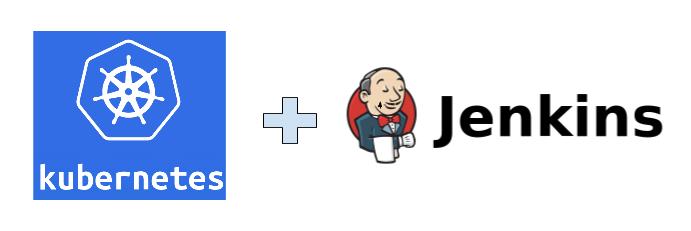Demo of Platform9 Managed Kubernetes with Jenkins
Recently, we announced the beta release of Platform9 Managed Kubernetes, a SaaS-managed offering for Kubernetes. The “managed” experience means Platform9 handles all the nitty gritty details of Kubernetes deployment, configuration, ongoing monitoring, troubleshooting and upgrades. This lets software developers focus on using the Kubernetes APIs to build cloud-native applications, and DevOps teams can focus on realizing












